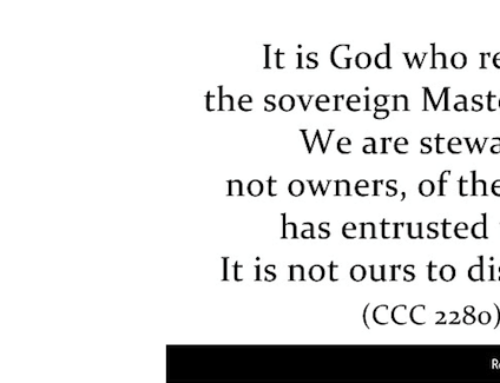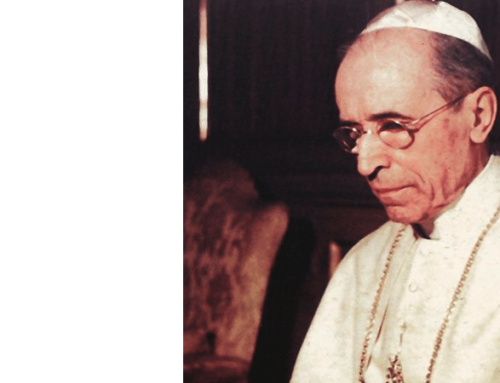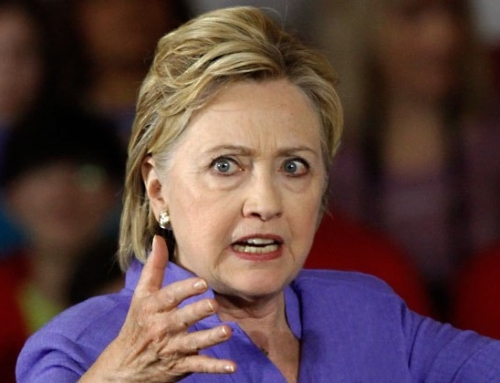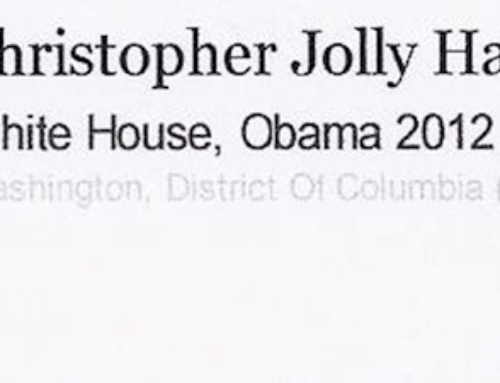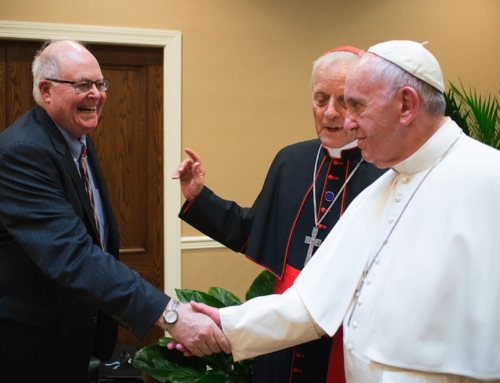by Kenneth D. Whitehead
(4/2006)
The Catholic Experience in America
by Joseph A. Varacalli
Greenwood Publishing Group, 12-30-05
The Greenwood Press is currently publishing a valuable series of books on “The American Religious Experience.” The books in the series are intended to be basic reference books, possibly even textbooks, on the subjects they cover. At the same time they are supposed to be informative and readable volumes for the general reader who wants to acquire a basic knowledge about the “American” religion covered in a particular volume—Mormonism, for example, or even Buddhism, or, in the present case, Catholicism as it is found in this country. The Catholic Church, of course, is today by far the largest organized religious community in America. How this position was achieved in what was originally “Protestant America” is a fascinating and compelling story in itself, and it is the subject of this very interesting book.
In selecting Catholic sociologist Joseph A. Varacalli to write the volume entitled The Catholic Experience in America, the publisher made a wise and fortunate choice. Varacalli has established his credentials on this subject matter in such previous books of his as Toward the Establishment of Liberal Catholicism in America (1983) and Bright Promise, Failed Community: Catholics and the American Public Order (2001). He teaches at the Nassau Community College in Garden City, Long Island, New York, and is director of the Center for Catholic Studies there—one of the few study centers in a secular institution devoted to the study of the Catholic Church.
In this fast-paced survey of many aspects of the Catholic Church in America, the author does something most social scientists fail to do: he constantly reminds the reader of the truth of what the Catholic Church is. In other words, while he does not neglect describing the rich immigrant history of Catholicism in America, he goes beyond the sociological. Dr. Varacalli emphasizes that the Catholic Church remains the one, holy, Catholic, and apostolic Church of the Nicene Creed—the world’s oldest and largest continuously existing institution, one which originated with the apostles of Jesus Christ and which carries on today as a worldwide community under the leadership of the Catholic bishops of the world, successors to those same apostles, in communion with the successor of the chief apostle, Peter, the bishop of Rome, the pope.
This basic truth about what the Catholic Church is, as Dr. Varacalli demonstrates, can easily get lost in an era of either widespread “dumbing down” of the faith to a lowest common denominator in an America in which some type of generic “civil religion” now so largely prevails; or an outright abandonment of supernatural faith in a thoroughly secularized America in which the original ethnically oriented and village “church-bell Catholicism” of the original immigrant groups is now often little more than a dim memory.
Even while describing the Church as a contemporary social reality in America today, Dr. Varacalli never lets the reader forget, in other words, that the Catholic Church possesses a Creed; insists upon a definite faith content proclaimed and defined by the Church’s magisterium, or teaching authority; and is not just what contemporary American Catholics might decide they would like the Church to represent or to be. This author stresses Catholic truth and Catholic doctrine to an unusual if not unique extent in a book that is still basically a historical and sociological survey of the Catholic experience in America.
Within this basic framework of a community which professes a definite faith, the author looks at the undeniable diversity within Catholicism today, including the various national and ethnic origins of American Catholics as well as the unfortunate American “nativism” that arose in reaction to the huge successive waves of Catholic immigrants—and which eventually issued in America’s still too widespread anti-Catholicism today. The author also examines the major turning points in American Catholic history, including the Baltimore provincial and plenary councils of the American bishops which so largely shaped Catholicism in America and produced such things as the Catholic school system and the Baltimore Catechism. He covers major church and state issues and the eventual election of the first Catholic president, John F. Kennedy. He does not neglect how the Church has dealt with such traditional issues as the basic rights of working people or of justice in the world, and how she is dealing today with such hot-button moral issues as birth control, abortion, homosexuality, and the biotechnological revolution.
A recurring theme in the book concerns the question of the degree to which American Catholics have remained—or should remain—loyal to Church authority, especially to that of the pope in Rome, and the degree to which American Catholics may accommodate themselves to American customs, practices, and usages without compromising or abandoning the faith.
Since the author is a sociologist, his treatment of what he calls the Catholic subculture is particularly impressive. He sees that the strength of the Church at her best has lain in her ability both to create a Catholic subculture and community into which American Catholics could be assimilated and formed; and to sustain that subculture through the creation of supporting institutions such as Catholic schools, colleges and universities, hospitals, orphanages, a Catholic press, and a diversity of Catholic associations and societies.
However, not only is Dr. Varacalli very aware that the once solid and substantial Catholic subculture in America has been seriously compromised if not jeopardized by developments in recent years; his book provides one of the best brief accounts currently in print of just how and why this jeopardy has come about—and how both external pressures and dissension within the Church have weakened the seemingly solid American Catholicism that characterized the era of Pope Pius XII. While he understands the legitimacy of Vatican Council II as a genuine ecumenical council of the Catholic Church, he both sees and documents how liberal and dissenting elements in the Church sometimes exploited the Council and the legitimate changes it mandated in order to introduce “changes” in furtherance of their own agendas.
We are living with the effects of all this still, particularly with respect to a contemporary Catholic population of whom many apparently no longer believe all the teachings of the Church as declared by the magisterium; rather, they are “cafeteria Catholics,” who pick and choose what they wish to believe. Dr. Varacalli analyzes and explains this problem in terms that the dissident Catholic sociologist, Father Andrew Greeley, has styled “communal Catholicism,” or the acceptance of many of the symbols, practices, and way of life of Catholicism without necessarily believing in the truths of the faith.
The author also sees how the widespread acceptance of the doctrinal dissent which came about in the Church, especially following the issuance by Pope Paul VI of his encyclical Humanae Vitae in 1968, has helped undermine the Catholicity of the very schools, colleges and universities, hospitals, and such that did so much to maintain the Catholic subculture in America. At the moment, many of these institutions are badly in need of re-Catholicization.
While he is respectful of legitimate Church authority on principle, especially that of the Holy Father, Dr. Varacalli is both knowledgeable and candid about some of the failures of the Church’s leadership in recent years. He believes much more could and should have been done to quell dissent and uphold authentic Catholic teaching and discipline.
Of special interest to many readers will be the author’s excellent Chapter 20 on “Historical Events before Vatican II,” and his relatively lengthy Chapter 21 on “Contemporary Issues after Vatican II”—this latter chapter being one of the better existing surveys of what has happened in and to the Catholic Church since the Council. Unlike some of the bland accounts that characterize Vatican II and the post-conciliar era as unalloyed successes for the Church, Dr. Varacalli understands that the Church has in fact been undergoing a major crisis. Better than in most accounts he understands and explains both the causes and the possible remedies for this crisis. In particular, he lauds the leadership of the late Pope John Paul II, who did so much to restore authentic Catholicism (though, needless to say, he did not do everything). Similarly, he counsels loyalty to Pope Benedict XVI as the road Catholics should continue to follow: he titles his final chapter, appropriately: “Staying the Course with Pope Benedict XVI.”
Since this book is intended to be a basic reference text, it contains a number of Appendices with valuable information on the Church in America. It is thus worth having to refer to as well as to read through. You should inquire at your public library asking for this book—if only to motivate the librarians to order the book. It is the kind of book that should be available in the library for citizens doing research on the Church or for students writing papers and such.
Kenneth D. Whitehead is the author, among other books, of One, Holy, Catholic and Apostolic: The Early Church was the Catholic Church (Ignatius, 2000). He is a member of the Board of Directors of the Catholic League.




